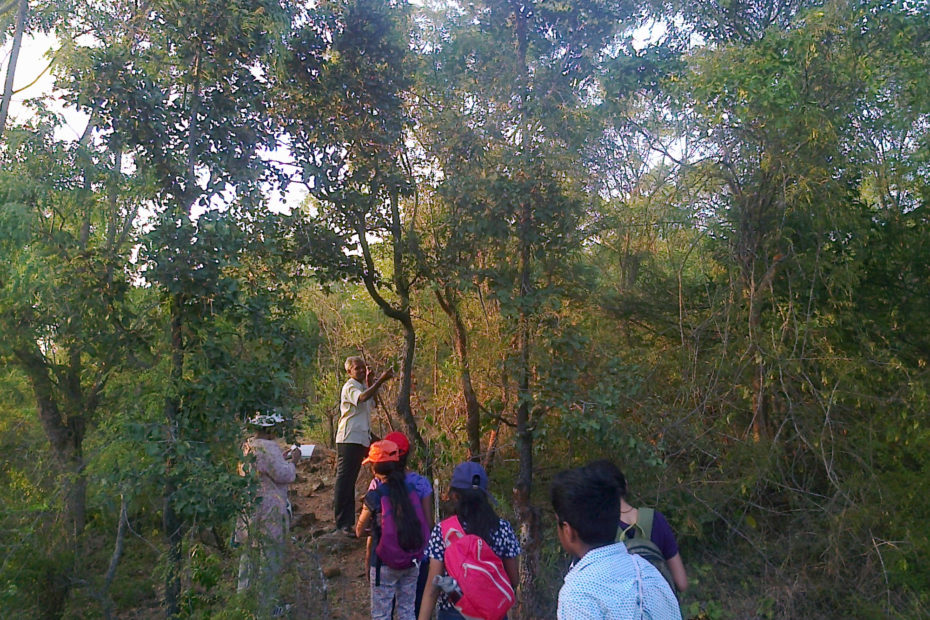Biologists have identified India as one of the top twelve megadiversity countries of the world. It harbours an estimated 500, 000 out of some 10 to 30 million species of living organisms in a variety of bio-geographic ecosystems. We have a responsibility to conserve this rich biodiversity. But to be able to conserve the diversity, what is needed first is to acquire knowledge of what exists. Documented information that is available is mostly for the economically important varieties and a few groups such as birds. Information for most other groups of organisms is scattered and not properly documented. In fact most of it is oral information resting with traditional communities. As a signatory of the Biodiversity Convention it is India’s responsibility to have a scientifically documented inventory of its biodiversity in different parts of the country. It is based on such an inventory that future monitoring and conservation is possible. But to conduct such an inventory in a short time is a monumental task and there need to be skilled personnel committed to this purpose. We have discovered that students of class 11 and 12 are ideal candidates for performing such studies.
There are many reasons why the age group, 16 to 17 years, is well suited for this kind of work, which involves long hours of outdoor study. Field studies can be physically exhausting and are therefore best suited for energetic youngsters. One needs to spend long arduous hours walking quietly amidst the wilderness, water bodies and boulders, observing, identifying, measuring, counting and describing groups of organisms and their habitats that have been chosen for study. This brings individuals close to nature — for it allows the time and space for young minds to be with and observe nature alone, and experience the joy of discovery with every new observation or sighting. A study of this kind requires an ability to be silent, patient and put in sustained effort. It also imparts new, essential skills such as that of using ecological field methods for collecting scientific data — which 16 year old youngsters are mature enough to learn. Conservation and care is an integral part of this kind of work.
Read full paper at the Journal of the Krishnamurti Schools.

